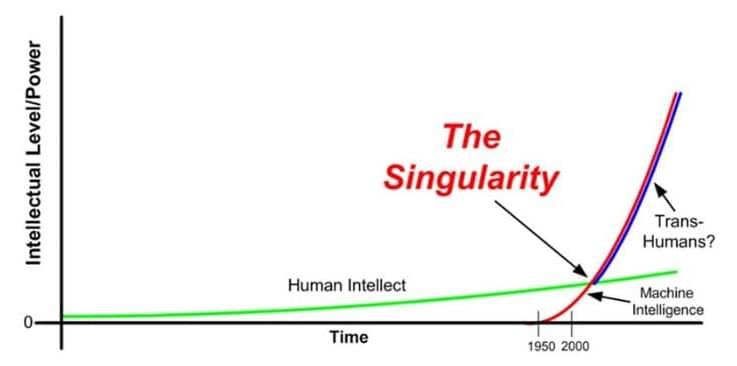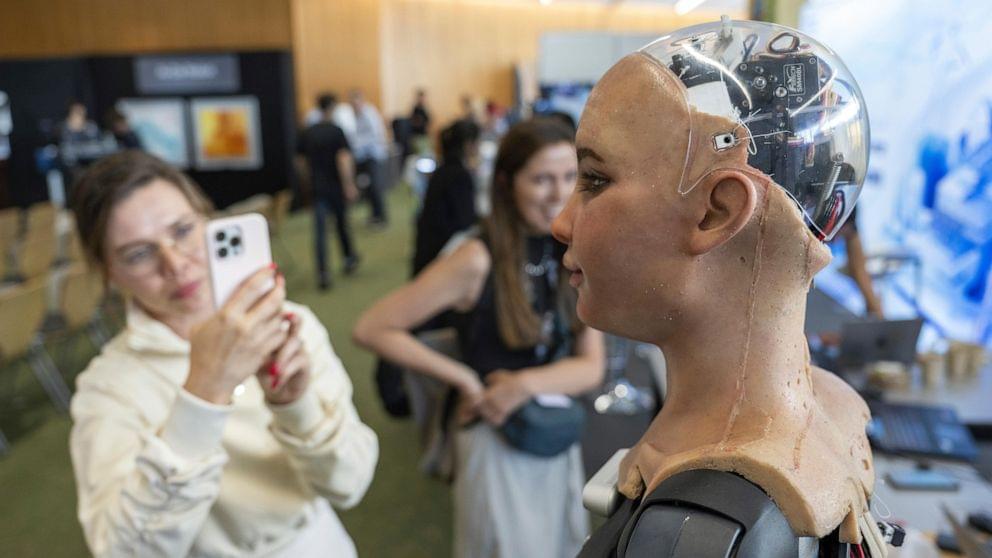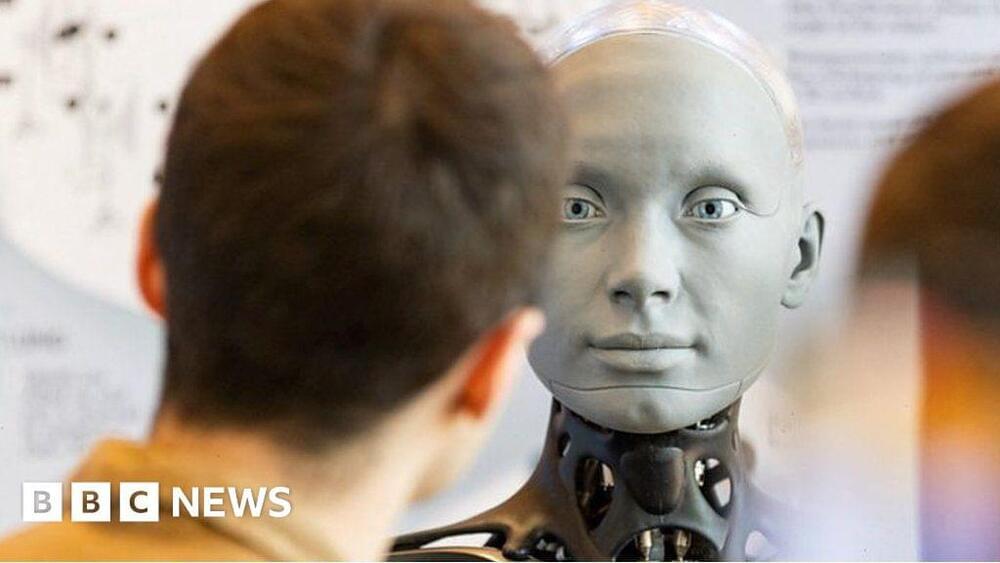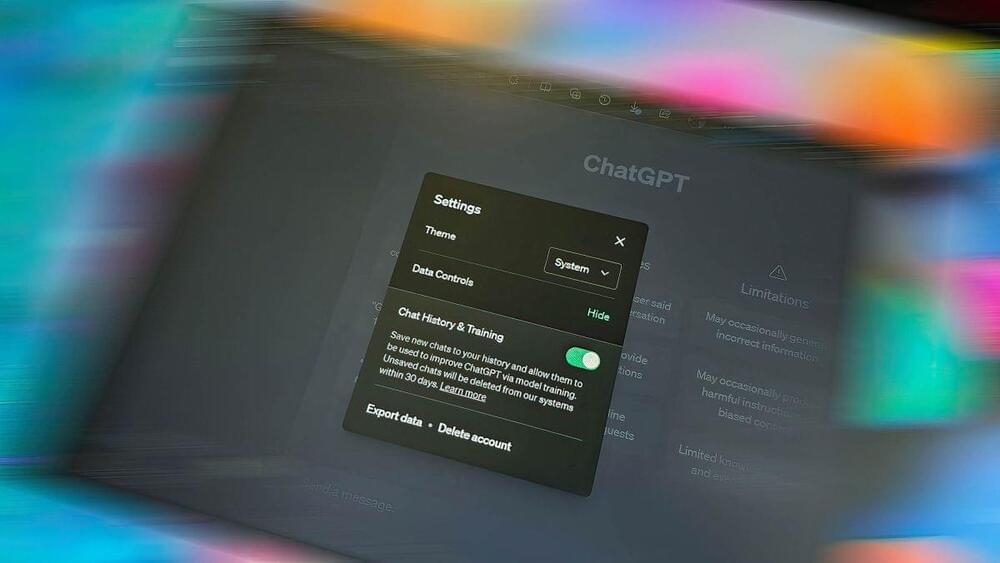If you are looking for a side hustle and have a knack for tech and language, picking up a gig to help employers create content like LinkedIn posts, blog posts, podcast show notes and even social media posts for Twitter and Instagram using ChatGPT could prove effective. Here’s how to do it.
ChatGPT is all the rage, and it turns out businesses are hiring experts in the tool to help them create content. Here’s how to start the side hustle.






